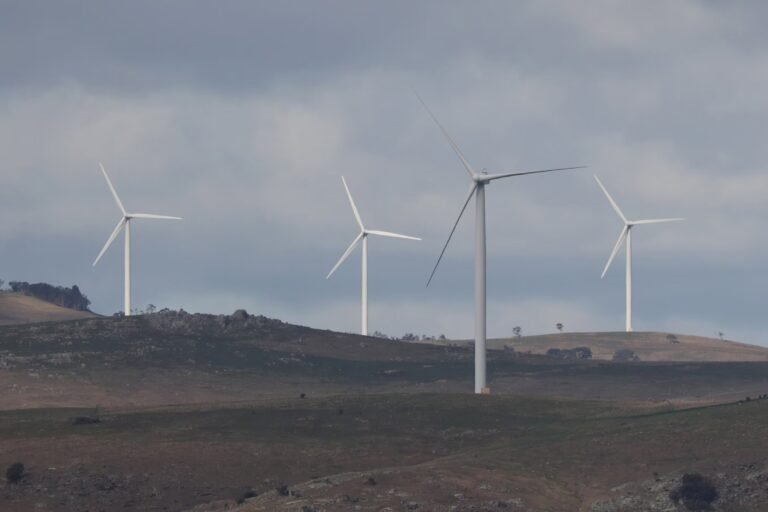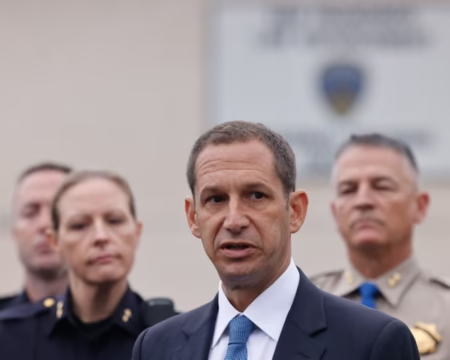Australia has confirmed a new climate target, pledging to cut greenhouse gas emissions by 62 to 70 percent below 2005 levels by 2035. The announcement, made by the Labor government, marks a major step in the nation’s climate policy and will define the country’s environmental trajectory for the next decade.
Officials framed the target as both realistic and ambitious. They argued that the goal strikes the right balance between meeting global climate obligations and ensuring economic stability. Prime Minister Mark Carney said the decision shows Australia’s determination to remain a constructive player in international climate negotiations.
The 2035 target builds on the existing commitment to cut emissions by 43 percent by 2030. It is also designed to align with global efforts under the Paris Agreement to limit warming to 1.5 degrees Celsius. The government emphasized that the target was developed through scientific advice and economic modeling.
Supporters of the plan highlight that the new goal will accelerate Australia’s transition to renewable energy, drive investment in clean technologies, and create thousands of jobs in emerging industries. Renewable power sources such as solar, wind, and green hydrogen are expected to play central roles in meeting the reductions.
However, critics argue the target does not go far enough. Climate scientists and advocacy groups warn that cuts of more than 70 percent are required by 2035 if Australia is to meet its fair share of the global climate challenge. They say the current goal risks leaving the country behind other advanced economies pursuing deeper reductions.
The debate has quickly divided political lines. Government officials insist the target is ambitious but achievable, while opposition leaders warn of potential risks to energy security and rising costs for households and industries. Business groups have called for clear planning and policy certainty to ensure that companies can adapt to the changes without disruption.
Australia’s energy transition is already underway, with renewable sources growing rapidly across the grid. Yet experts caution that reaching a 62–70 percent cut will require not only expanding solar and wind capacity but also investing in storage, transmission, and innovation in low-carbon technologies.
The new target also reflects the government’s commitment to positioning Australia as a global leader in clean energy exports. Officials have pointed to opportunities in supplying renewable hydrogen, critical minerals, and other resources to international markets as part of the nation’s long-term economic strategy.
International observers are closely watching the announcement, viewing it as a test of Australia’s climate credibility. For years, the country faced criticism for lagging behind global peers in setting ambitious targets. The new 2035 commitment is intended to show that Australia is catching up and prepared to take a stronger role in shaping global climate action.
Still, the clash between ambition and adequacy remains unresolved. For supporters, the 62–70 percent reduction offers a bold and credible path forward. For critics, it risks falling short of the urgent action that climate science demands.
With the 2035 emissions target now in place, Australia’s climate policy will face continued scrutiny at home and abroad. The coming years will reveal whether the government can deliver on its promises while managing the economic, social, and political challenges that accompany such a significant transition.







